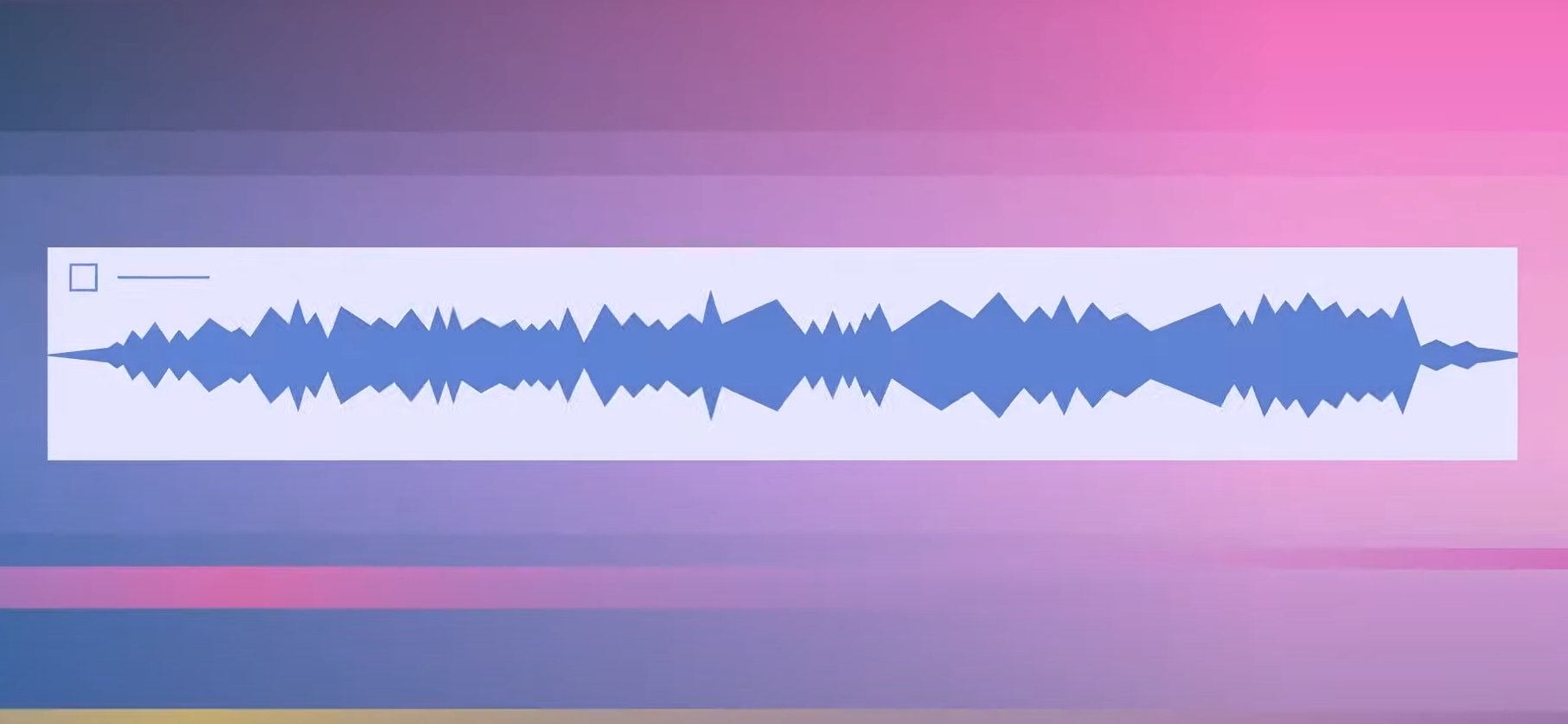[13:08 Tue,9.November 2021 by Thomas Richter] |
We previously reported 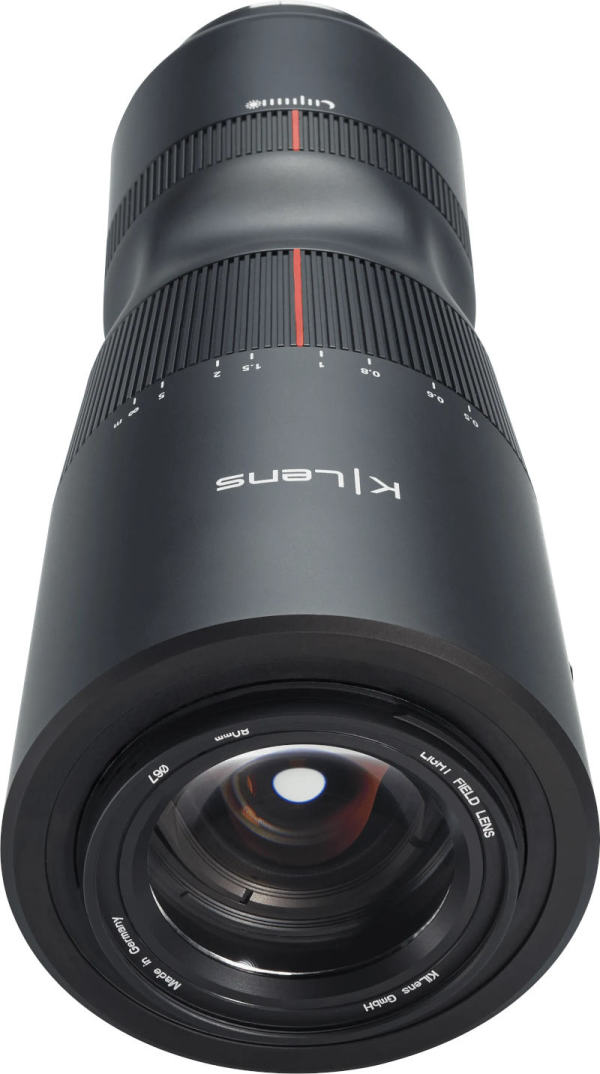 K-Lens One Now, the K-Lens One will soon be available for purchase via Kickstarter. The project goes back to a research project by the Max Planck Institute for Computer Science and Saarland University and was developed in collaboration with Carl ZEISS GmbH, by whom it will also be manufactured. How does the K|Lens One work?At the heart of the optics is a sophisticated, kaleidoscope-like mirror arrangement that splits the incoming light rays into nine different perspectives, all of which are simultaneously recorded onto nine predefined sub-areas of the (normal) camera sensor. You can also think of using the K|Lens as shooting a scene with nine separate cameras, each with smaller sensors, from slightly different angles at the same time. 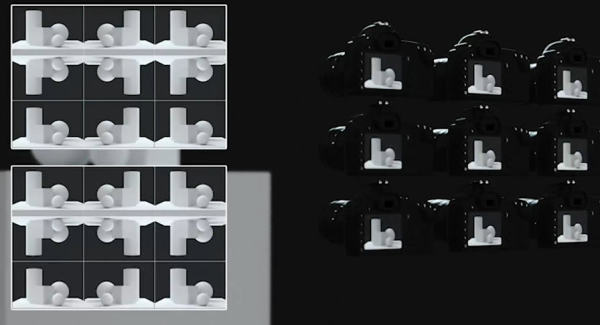 K-Lens One - nine kaleidoscope-like individual images Using the depth information, different areas of the image can be segmented for separate post-processing or cropping -- shooting in front of carefully lit green screen would then no longer be necessary, as keying is done in space, so to speak, rather than based on color channels. Other uses for photo as well as video include post-shoot control of sharpness and blur, 3D effects, multi-layer editing, and the creation of natural 3D, VR/AR, and holo content. The image (with depth map) or video (with depth channel) can be loaded into all popular post-processing programs (such as Photoshop, GIMP, Paint, Darktable, Affinity, Premiere, After Effects, Nuke, etc.) for further editing. What is the resolution per K-Lens One?At the moment of capture, the resolution of the image is reduced to one-ninth of the sensor resolution due to the per-kaleidoscope lens. However, since nine views of the scene are available, each offering different content, they can be processed together using a multiview super-resolution process so that an image with at least 50% of the sensor resolution can be calculated from them. 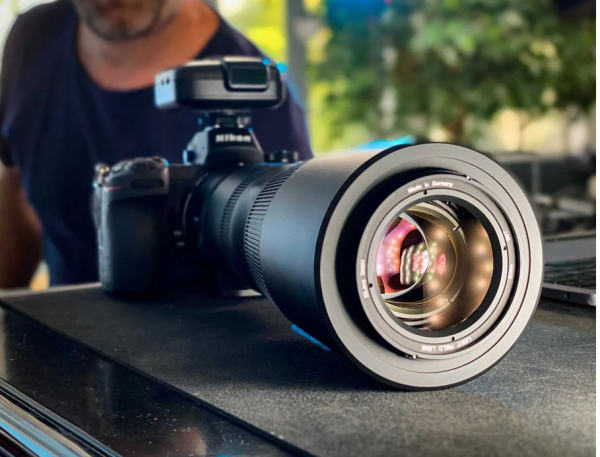 K-Lens One Superresolution methods are already used by other manufacturers. When only a single image is available as input, this is called Single View Superresolution (SSR). SSR methods are limited in performance because the image content must be "invented" in some way, usually by AI/DeepLearning techniques. The K-Lens "SeeDeep" software method, however, uses multiple native views via Multiview Superresolution (MSR) and so bases the resolution enhancement on real content and is therefore much more powerful, so a resolution of about 20MP should be achievable in the interaction of K|Lens and a 40MP camera - this calculation applies accordingly to the individual frames in video recordings. With which cameras will the K|Lens One be compatible?The K|Lens with 80mm (more focal lengths will follow in the future) fixed focal length is compatible with all full-frame cameras, the base model of the K|Lens One will be available with F-mount or E-mount, to the F-mount any other full-frame camera can be connected via an adapter. If there are many other backers with cameras with other mounts during the Kickstarter campaign, there is a high probability that the K|Lens team will also have more K|Lens One models made with this mount, so that the lens can be used without an adapter. I.e. the K|Lens One will initially be available in F-mount and E-mount variants and with relatively high probability will soon also work with EF-, L-, RF- and Z-mounts without adapters as well. With adapters, any model will definitely work. 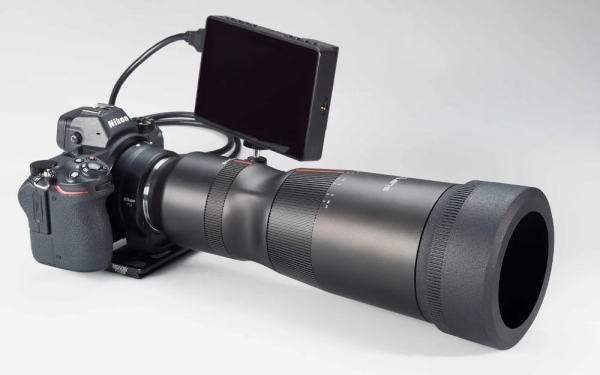 K-Lens One with camera and special external monitor. The K|Lens "SeeDeep"software.The K|Lens One is shipped together with the specially developed "SeeDeep" software, which performs the following functions: - It is an "image organizer" for K|Lens One images and videos. - It allows you to easily create depth maps for your photos and depth channels for your videos - Per multiview super-resolution algorithm, images with 50% of the sensor can be calculated using data from all 9 image perspectives - Export the data for further processing in any post-processing software, in the form of the original "Kaleido image" in JPG and RAW formats; nine individual images with slightly different perspectives as JPGs; the center image, which thanks to "Multiview Super-Resolution" is about 50% of the sensor resolution; a depth map for the center image; a point cloud of the captured scene; and in video mode, a depth channel in addition to the full-resolution video Special external monitor for the K|Lens One.A problem with using the K|Lens arises from the 9 perspective image created by the kaleidoscope-like lens, which is directly displayed like this on the internal Kmaera monitor, making it difficult to use normally. For this reason, a special 5" monitor including its own software and all necessary accessories will be offered as an option, which will only display the middle perspective for practical camera work - both for framing and sighting. 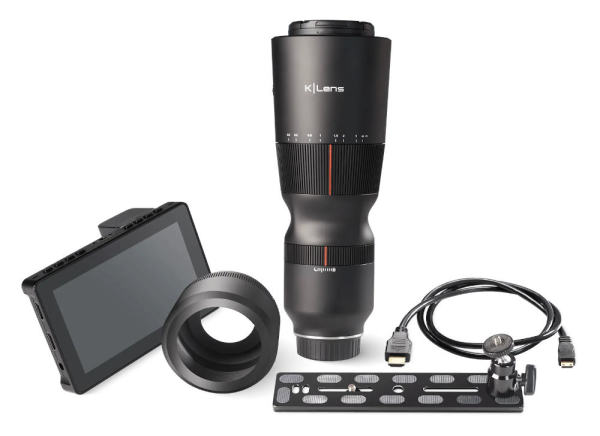 K-Lens One in a set including optional external monitor. Price and release dateThose interested in the K|Lens One will soon be able to purchase it via Kickstarter as late as November 2021 and be notified (www.k-lens-one.com/en/buy-at-kickstarter) when the time comes (it is expected to ship around half a year later provided the project is successful). The suggested retail price of the K|Lens One including software and accessories is expected to be 3,599 euros, but there will be attractive discounts for all buyers who support the first production on Kickstarter - so the standard price on Kickstarter will be 2,699 euros, but early birds can already secure a K|Lens One for 1,799 euros. As always, caution is advised before supporting a Kickstarter project, as it cannot be ruled out that the product will never be finished and the money already paid will then be - partially or even completely - lost. If you want to try out how good the image and video material produced by K|Lens is before buying, you can download finished demo material from deutsche Version dieser Seite: K-Lens One Objektiv beschert jeder Kamera Tiefendaten für Photos und Videos |





